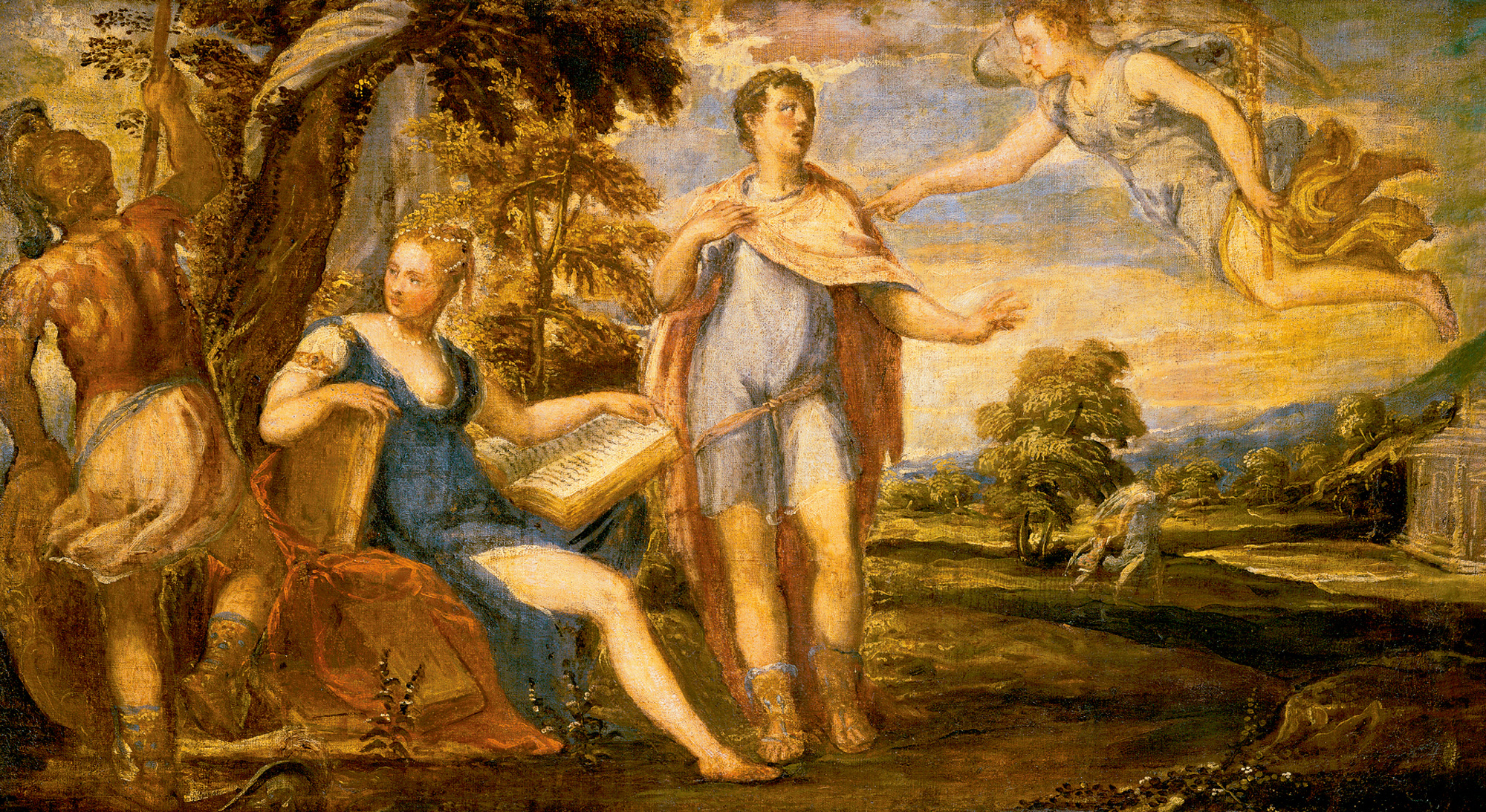Thrasonical Huffe Snuffe
Learning to love a rhythm you can’t hear
Jeff Dolven

It was an article of faith for the composers who followed Arnold Schoenberg to the barricades of the atonal revolution that modern audiences would eventually fall in behind them. After all, from Bach to Mozart to Beethoven to Brahms to Wagner to Debussy, they always had. But while the history of stylistic innovation adumbrated in this line of influence is long, what Schoenberg did was without real precedent. He stripped away the privileges that had always been enjoyed by the consonant intervals, the sweet-sounding thirds and fifths, and with them all the basic harmonic plots that had organized western music for centuries. The tone rows that he substituted weighted all of the twelve pitches of the chromatic scale equally. What he was writing was still offered as music: you were still supposed to feel all the old sympathetic exaltations and despairs, and to be able to find it beautiful. But those responses and judgments were set on a new conceptual foundation. It was not so much (to turn to a sister art) like learning to love a new poet, nor even like learning to love poetry in French, if French is not your native tongue. Maybe more like learning to love poetry in Esperanto.
Or, like learning to love English poetry in the imaginary rhythms of quantitative meter. Quantitative meter was never quite so new to English, so ex nihilo, as tone rows were to concert music: it had been around for centuries before English was born, measuring the long and short syllables of classical Latin and Greek. But linguistically speaking it was just as foreign to the younger language, just about as arbitrary in its construction—ingeniously, freely, confoundingly arbitrary—and there was a brief moment in the early 1580s when it looked like the key to a revolution. That was, at all events, the view of the Irish antiquary-alchemist-translator Richard Stanyhurst: “Good God what a fry of such wooden rhythmers doth swarm in stationers’ shops,” he protested in 1582. “The readiest way therefore to flap these drones from the sweet scenting hives of Poetry, is for the learned to apply themselves wholly … to the true making of verses in such wise as the Greeks and Latins.”[1] He backed up his protests with a specimen of this new art:
Now manhod and garbroyls I chaunt, and martial horror.
I blaze thee captayne first from Troy cittye repairing,
Lyke wandring pilgrim too famosed Italie trudging,
And coast of Lavyn: soust wyth tempestuus hurlwynd,
On land and sayling, bi Gods predestinat order[2]